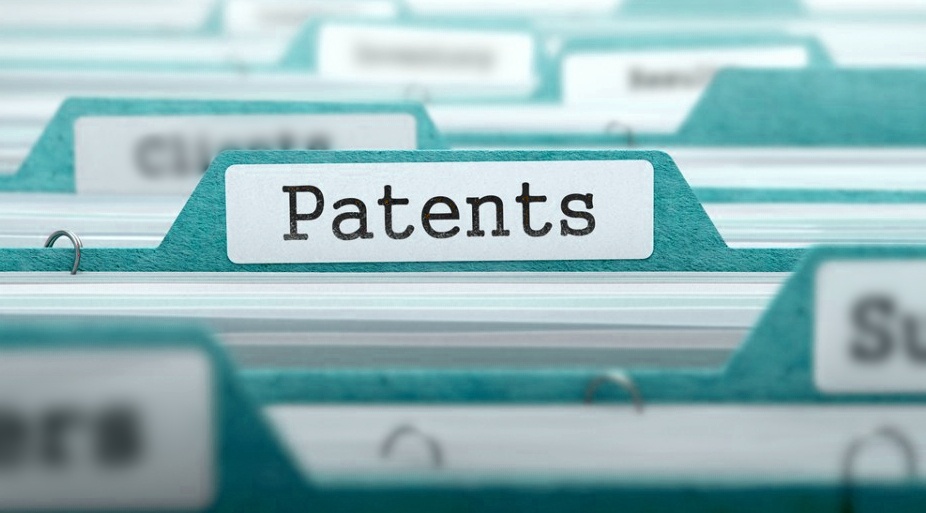Are you an engineer or scientist in your company? Suppose one day the head of your company comes and asks you to review the patent documentation. Or you are a person who wants to file a patent and wants to check your patent documents. So, being unfamiliar with the patents you will find claim language confusing, the patent document structure is impenetrable, and the terminology utilized is obscure. However, the patent is in your field of technical expertise or associated one. Likely, you can have the knowledge to bring to bear, and IP experts need to draw the insights to interpret precision and recall use cases.
As a fact, R&D scientists or engineers frequently are asked to check the patent documents, sometimes, to determine the project of your company or to understand the environment of patents better in the technology space.
In the world of Mind+Machine business analytics, in this case, it is an engineer or scientist’s mind that is required. Moreover, the care needs to be taken to avoid unnecessary risks as per the incorrect interpretation of the information.
Whatever might be the reason, when R&D associations will follow the tips given below, this tricky and tough job will become easy to understand or less risky.
Tips while Reviewing US Patent Documents
The initial thing that you need to consider while checking US patent documents is the first page. Check this first page as an eye-catching layer of icing on the patent cake. With this, you can tell:
Patent Title
This can be concise, elaborated, or somewhere in between. Never make your review based on the title alone, as they can be vague. You can get extremely wordy titles such as “an automobile” which on closer inspection has nothing to do with the vehicle. Well, an ideal review of the patent would consider the abstract, claims, and title of the patent.
Bibliographic Data
- Assignee: Remember the owner they might get changed.
- Inventor: This is utilized to monitor the published research in the scientific literature.
- Legal Status: The patent whose owner has paid the maintenance fees might impose that patent in the country in which it has been granted, but a patent will never reveal the legal status.
Well, this data can easily be found in the subscription patent-search databases. If the patent is not available in the force, its primary value is prohibiting the prior art to preserve future applications from patenting something similar or identical.
Cited References
These are highly helpful for recognizing the same technologies which might be of interest to the researcher, e.g. in the publications cited by the application to support the patentability of their inventions. Apart from this, the engineer or a scientist does not need to trust the given references blindly. Well, the time has passed the application was filed, or the applicant just missed the reference.
Abstract
This is a description of around 150 words of invention offered by the inventor. Also, this can be vague deceptively or add valuable sources of information. If the time is less, scientists are asked to review a US patent document that can start their review with an abstract to get a focused, concise, and readable description of the invention anywhere in the record. Inventors walk a line between disclosing much information to allow the patent examiner to determine the patentability of the invention without revealing the information to facilitate the patent examiner to determine the patentability of inventions. Without revealing the data which lets competitors quickly reproduce or make the invention.
Drawing
Most of the patents enclose detailed drawings to assist the examiner in understanding what the invention involves. These can be extremely useful to help understand the invention. Not like the textual components of a patent, make sure that these cannot be searched. So, it only serves to supplement the description in the patent.
Biting into Pancake: Devil can be in Detail.
Digging into the patent cake itself is much more satisfying if it takes more time, or needs expert skill than finding the tasty bits:
Specification
The specification might provide a background of an invention. In the specification, the inventor makes the case in writing that their invention is patentable related to each thing that came before it, i.e. prior art. It is highly prevalent for the inventor to create a great background to obfuscate previous art searches. So, the researchers who are not familiar with technology can be confused, such as a patent application in telecommunications that start by referencing Marconi. In this situation, the scientist/engineer should read the text and does not get distracted by loosely relevant to the data included.
The specification is where any of the new words used by the applications to illustrate some or all their invention can be accessible.
Claims
The claims are boundaries of an invention. They involve highly critical elements of invention from a legal perspective, not mainly the technical aspect. And so, any aspects of the invention that are not listed might be fair game to get patented by others.
There is a concept in patent drafting that the inventor is their lexicographer which means that the applicant creates new words in the course of describing their invention and utilizes the words in claims of the application, as long as these terms are defined clearly in the patent specification. This means that a claim can be written in a language that does not make any sense at first glance to a researcher until they check the complete description in the specification. Thus, it is critical for a scientist reviewing a patent to understand this principle and not just assume the meaning of the word that they have not checked in the claims of the patent.
Typically, the claims are formatted as independent and dependent. Here independent claims are primary components of the invention, and dependent claims are patentable iterations of those main components that the inventor wants to enclose in their invention. The scientist or an engineer needs to remember that the dependent claim is not conjunctive with the other dependent claims.



